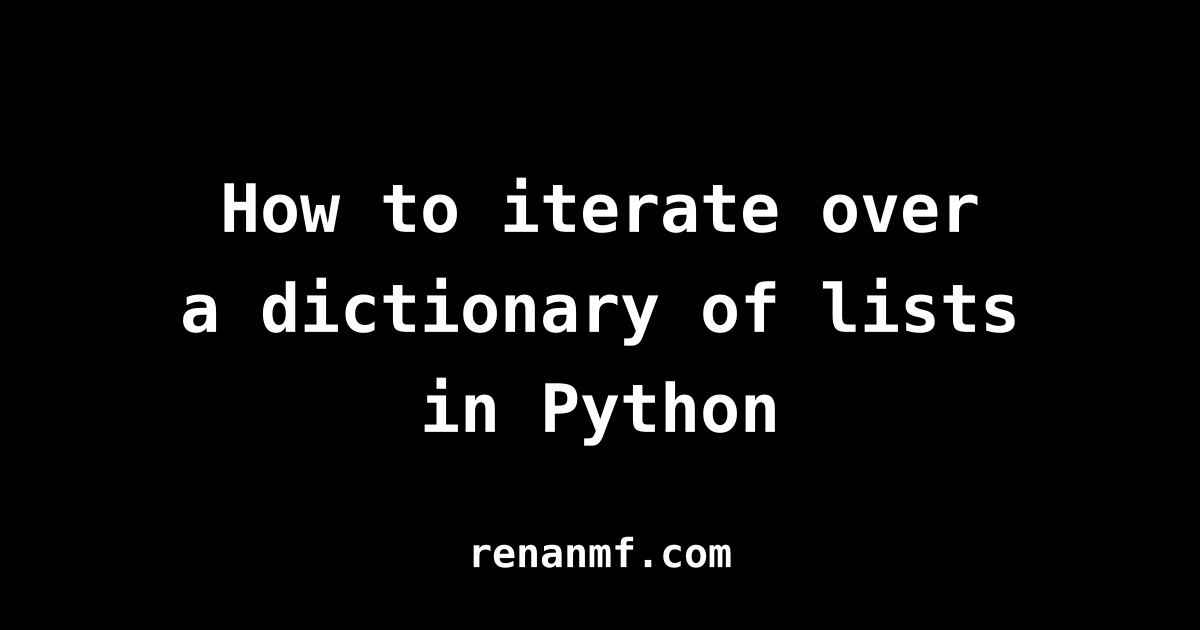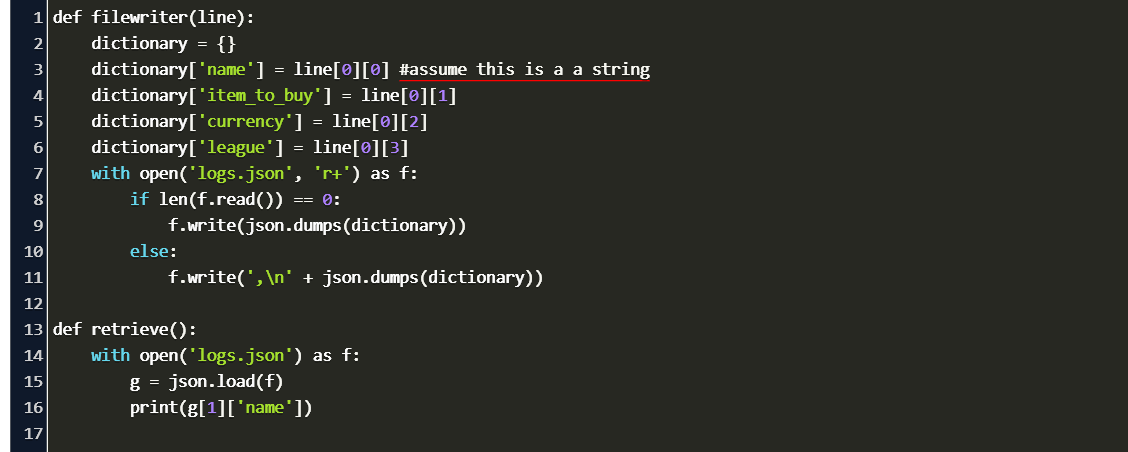


(2) Using dict.keys(): my_list = list(my_dict. There are multiple ways to iterate through a list of dictionaries. (1) Using a list() function: my_list = list(my_dict) A dictionary is 6.6 times faster than a list when we lookup in 100 items. Returns the dictionary view object that provides a dynamic view of all the values in the dictionary.Here are 4 ways to extract dictionary keys as a list in Python: Updates the dictionary with the key-value pairs from another dictionary or another iterable such as tuple having key-value pairs. A dictionary is similar to a list, but you access values by looking up a key instead of an index. If the defaultvalue is not specified then it set None value. If the key not found, then it adds the key with the specified defaultvalue. Returns the value of the specified key in the dictionary. Pairs are returned in Last In First Out (LIFO) order. List are a datatype that can store different pieces of information as a sequence under a single variable name. Removes and return a tuple of (key, value) pair from the dictionary. If a key does not exist in the dictionary, then returns the default value if specified, else throws a KeyError.
#List of dictionaries python how to
This tutorial will explain how to carry out access, modify operations, etc., on lists and dictionaries. The key function maps each list element (in our case a dictionary) to a single value that can be used as the basis of comparison. We can make use of the built-in function append() to add elements to the keys in the dictionary. Solution: You have two main ways to do thisboth are based on defining the key function of Python’s sorting methods. In fact, you can use a value of any valid type in Python. Lists and dictionaries are one of the most often used data structures in Python for data storage and arrangement. How to append an element to a key in a dictionary with Python. Returns a dictionary view object that contains the list of keys of the dictionary. A value in the key-value pair can be a number, a string, a list, a tuple, or even another dictionary. In Python, an iterable object (or simply an iterable) is a collection of elements that you can loop (or iterate) through one element at a time. This view object changes when the dictionary changes. Python provides another composite data type called a dictionary, which is similar to a list in that it is a collection of objects.

Returns a dictionary view object that provides a dynamic view of dictionary elements as a list of key-value pairs. You can easily do this: for dictitem in dataList: for key in dictitem: print (dictitem key) It will iterate over the list, and for each dictionary in the list, it will iterate over the keys and print its values.

You cant depend on the order of items in a dictionary to stay the same. How to Use Python Dictionaries + Lists of Dicts - YouTube 0:00 / 8:15 How to Use Python Dictionaries + Lists of Dicts John Watson Rooney 46. Returns a shallow copy of the dictionary.Ĭreates a new dictionary from the given iterable (string, list, set, tuple) as keys and with the specified value. Different from a list, a dictionary does not have indexes. Removes all the key-value pairs from the dictionary.


 0 kommentar(er)
0 kommentar(er)
